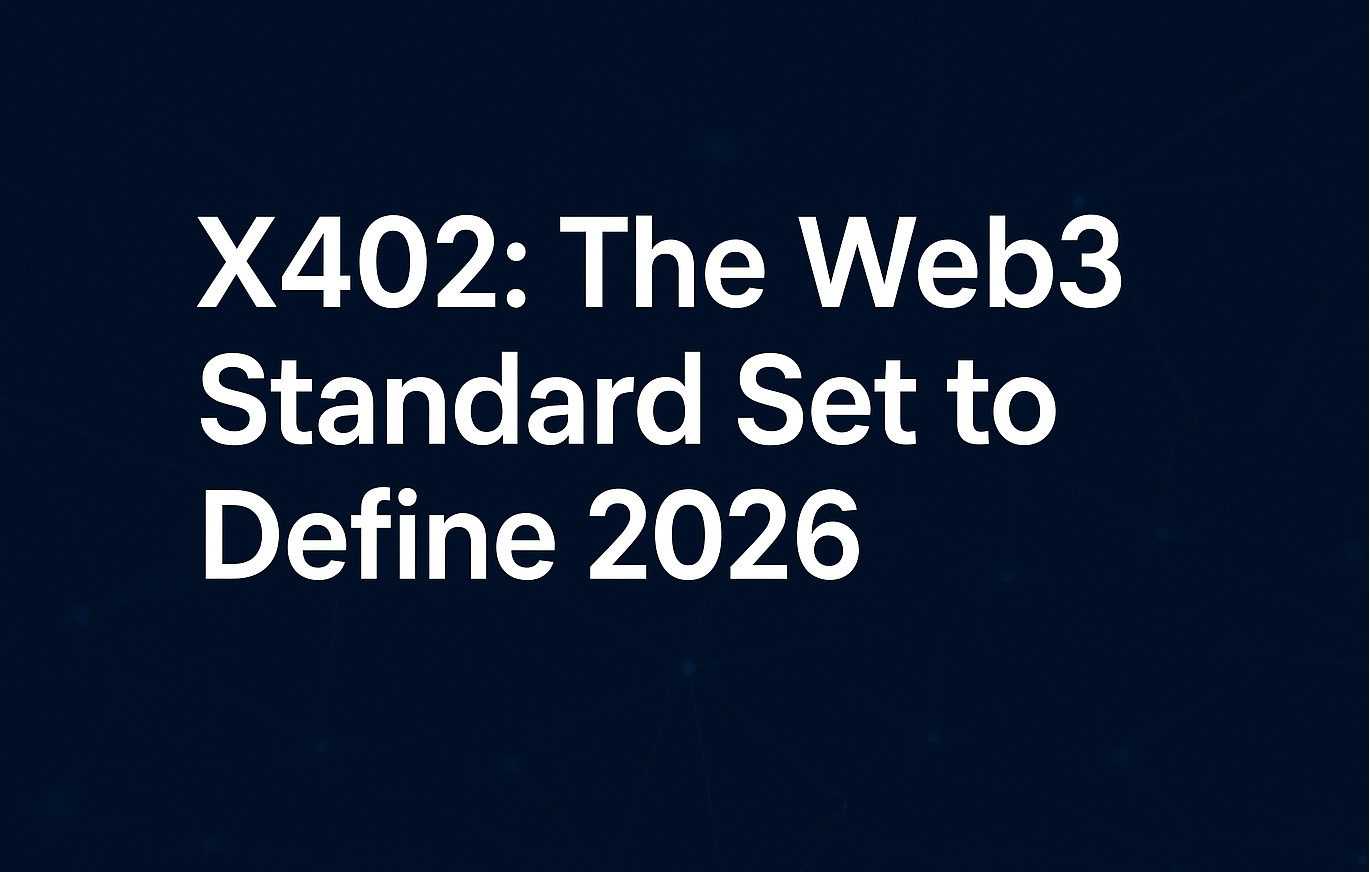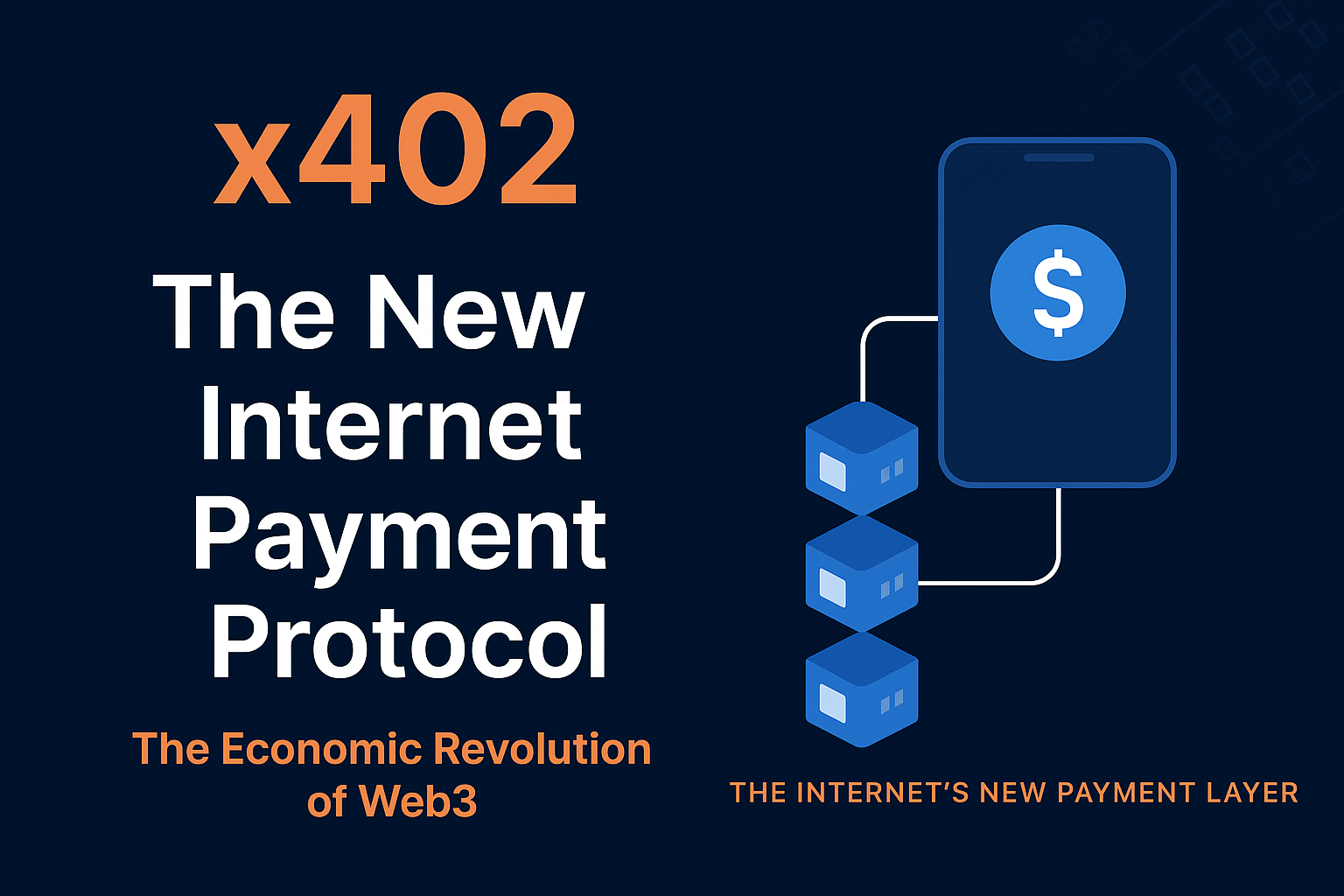In the world of cryptocurrency, there are two primary types of platforms for trading digital assets: DEX (Decentralized Exchange) and CEX (Centralized Exchange). These platforms operate differently in terms of structure, functionality, and security. This article provides a detailed explanation of DEX and CEX, how they work, and their key differences.
What is CEX? (Centralized Exchange)
A CEX (Centralized Exchange) is a platform managed by a central authority or organization. Popular centralized exchanges include Binance, Coinbase, and Kraken, which facilitate the buying and selling of cryptocurrencies.
Key Features of CEX:
- Centralized Control: Operated by a single organization that manages the platform.
- User Accounts: Users must complete identity verification (KYC) to access the platform.
- Liquidity Management: CEX platforms offer high liquidity and fast transactions.
- User-Friendly Interface: Designed for beginners, offering easy navigation and usability.
- Customer Support: Provides dedicated customer service to resolve issues.
How Does CEX Work?
- Users sign up and complete KYC verification.
- Funds (crypto or fiat) are deposited into the platform.
- Orders are matched and executed through a centralized system.
- After the transaction, funds are credited to the user’s account.
What is DEX? (Decentralized Exchange)
A DEX (Decentralized Exchange) operates without a central authority. Instead, it facilitates peer-to-peer transactions via smart contracts. Popular examples include Uniswap, SushiSwap, and PancakeSwap.
Key Features of DEX:
- Decentralization: Transactions occur directly between users without intermediaries.
- Anonymity: No identity verification (KYC) is required, offering greater privacy.
- Smart Contracts: Transactions are executed securely through programmable contracts.
- User-Controlled Wallets: Users retain control of their private keys and funds.
- Security: Lower risk of hacking as funds are not stored on the platform.
How Does DEX Work?
- Users connect their crypto wallets (e.g., MetaMask).
- Transactions are executed directly on the blockchain through smart contracts.
- Assets are transferred between wallets without being held by the exchange.
Key Differences Between DEX and CEX
| Feature | CEX (Centralized Exchange) | DEX (Decentralized Exchange) |
|---|---|---|
| Centralization | Managed by a central authority. | Operates without a central authority. |
| Identity Verification | Requires KYC verification. | No KYC required; allows anonymous trading. |
| Control Over Funds | Funds are held by the exchange. | Users maintain full control over their funds. |
| Ease of Use | Beginner-friendly with intuitive interfaces. | May require more technical knowledge. |
| Liquidity | High liquidity with faster order matching. | Generally lower liquidity compared to CEX. |
| Transaction Speed | Faster transactions. | Dependent on blockchain confirmation speed. |
| Fees | May have higher trading and withdrawal fees. | Typically lower transaction fees. |
Use Cases of DEX and CEX
CEX Use Cases:
- High-Frequency Trading: Suitable for traders requiring quick transactions.
- Wide Token Support: Allows trading across multiple cryptocurrencies.
- Beginner-Friendly Platform: Ideal for new users due to ease of use and customer support.
DEX Use Cases:
- Anonymous Trading: Best for users prioritizing privacy.
- DeFi Transactions: Used in decentralized finance protocols for lending and borrowing.
- Full Control Over Funds: Preferred by users who prioritize security and self-custody.







